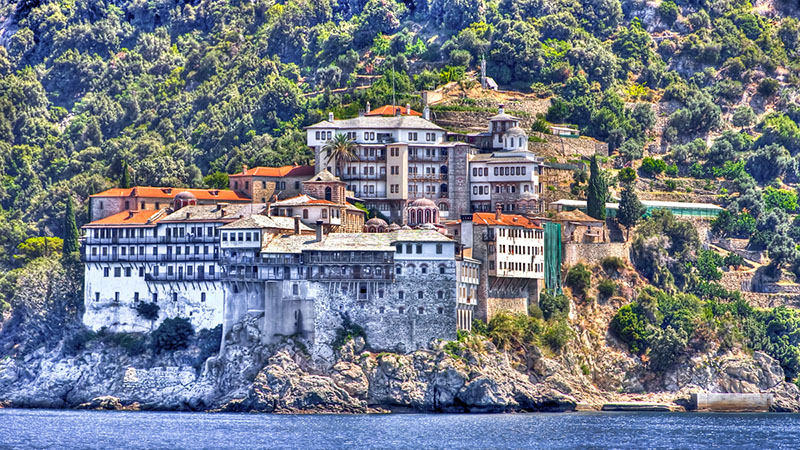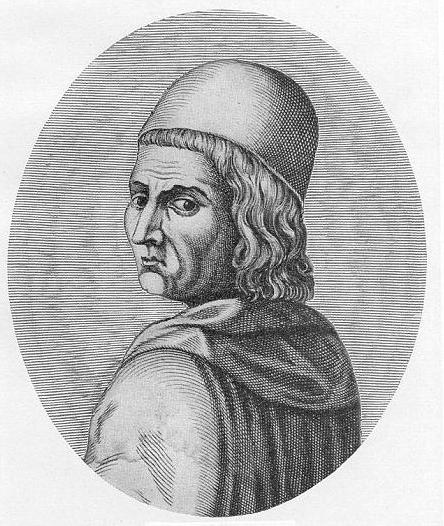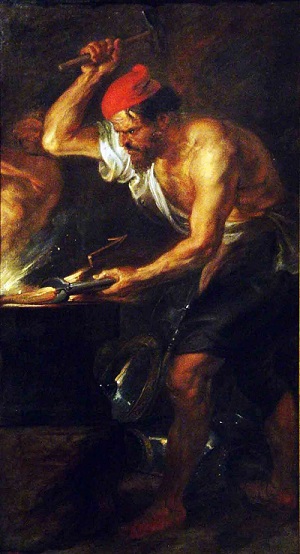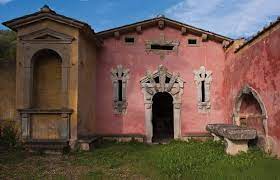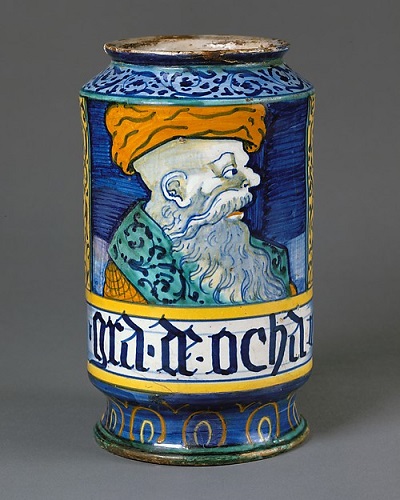By way of an introduction into some more history pieces I am going to write, I thought I would give you just a little history on the Croatian language…… there will be some more on this in a coming post!!
The Croats speak and write Croatian, which belongs to the Slavic languages group. It consists of three dialects, Kajkavian, Štokavian and Čakavian. Croatian is also spoken in countries which are the ethnic and historical home of Croats today (Bosnia, Herzegovina, Vojvodina, and coastal Montenegro), and quite a lot of countries and regions to which Croats emigrated a long time ago (Burgenland in Austria, Hungary, Romania, Slovakia, the Molise district in Italy, and in Kosovo).
The Kajkavian dialect is spoken in the Hrvatsko Zagorje and Gorski Kotor regions of Croatia; Čakavian is spoken in Istria, the northern part of the Croatian Littoral, on the islands, in north-western Lika and throughout Dalmatia. Štokavian is spoken in the remaining parts of Croatia. Today the Štokavian dialect is the foundation for Croatian literary standards, and is used by the Kajkavians and the Čakavians. But the Croatian standard literary language is not void of Kajkavian and Čakavia forms.
The Croats have used three scripts during their thirteen-century history: The Glagolitic script, the Croatian version of the Cyrillic alphabet (Bosančica) and the Latin alphabet. During the Ottoman invasions a new component of the Croatian written culture was formed: text in Croatian, written in the Bosnian Arabic script. The specific national script – the Glagolitic script – was the script used in all the first Croatian stone inscriptions. The Glagolitic script was used exclusively by the Croats. Similarly, to other peoples, on their way to a common vernacular, the Croats did not exclude the dialects, but adapted and united them – and the Croats too – in the Croatian literary language. The Croatian writer Antun Gustav Matoš said the following in describing the Croatian language: “Only our beautiful homeland could have created the beauty of our wonderful language, the marvellous words as beautiful as islands, beautiful gardens floating in the sea.”
A beautiful language spoken by wonderfully hospitable and charming people…….
(The image is of the Baška Inscription Stone – around 1100 – evidencing the Glagolitic script, and which is found on the island of Krk)




